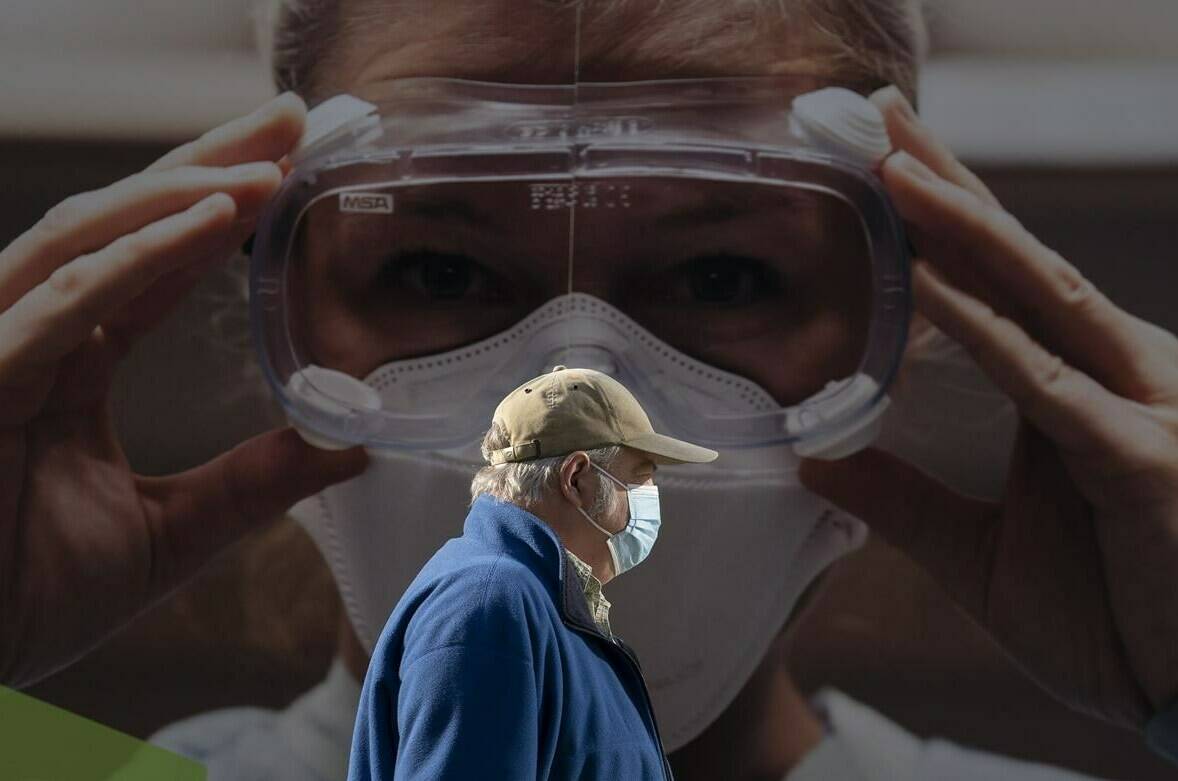B.C.’s third Omicron wave may have peaked, but experts say there is still reason to be cautious.
On Wednesday (Aug. 17) the independent B.C. COVID-19 Modelling Group released a report on the province’s COVID situation and found that case counts are 100 times higher than what’s recorded as officially reported statistics.
Federal government data shows that nearly everyone in B.C. now has antibodies to the SARS-CoV-2 spike protein, either from vaccination or catching the respiratory illness – more than 50 per cent of British Columbians have been infected as of the end of June
READ MORE: One-quarter of Canadians have been infected with COVID-19, poll suggests
“By now that’s over 2.5 million people — probably many more —who have been infected,” Sarah Otto, a UBC professor of zoology and co-editor of the modelling group’s report said. “So we have this huge gulf between how many people have been infected and the reported case numbers.”
B.C.’s official case count only shows 380,174 total infections since the pandemic began – 254,849 of which were recorded before Dec. 31, 2021.
B.C. is also likely undercounting deaths two-fold. Only half of B.C.’s excess mortality during the pandemic has been accounted for. The province collects data on COVID deaths based on 30-day all-cause mortality, meaning that anyone who dies within 30 days of a COVID infection is considered to have died from the virus until or if a different cause is determined.
However, the health impacts of COVID can linger far beyond that 30-day period, according to experts. A U.S.-based study assessing long-term COVID impacts among veterans found that there was 55 per cent higher risk of a major cardiovascular event like a heart attack within a year after COVID infection.
Why are cases undercounted in B.C.?
The BC Centre for Disease Control only counts PCR-confirmed tests in their official statistics, which are only available via a doctor, at the hospital or vaccination clinic. PCR tests are often reserved for people who are at high risk of serious outcomes from COVID infections.
The vast majority of British Columbians use rapid antigen tests to determine whether they are infected.
According to the most recent COVID-19 situation report from the BC CDC, PCR testing has been decreasing steadily since the first Omicron wave in Dec. and continues to decrease across all age groups except in the 5-9, 15-19, and 80+ year-olds.
The most recent case counts released by the BC CDC show there were 900 COVID cases for the week of July 31 to Aug. 6. If that number is multiplied by 100, that would be 90,000 cases for the week and 12,857 new cases per day.
“When it comes to individuals taking risk, they want to know what their infection risk is even if they don’t have a very high chance of ending up in hospital,” Otto said. “Right now, BA.5 is peaking, but we’re at a very high infection risk and I think that matters to people so they can make informed decisions.”
Otto recommends the government change their reporting model to get a better estimate of case counts. She suggests using a sample of people who are getting regularly tested and extrapolating it to the general population along with monitoring serology data.
With fall and winter ahead, Otto said that unless a new variant evolves, waves will rise and fall with waning antibody protection every three to nine months.
“It is good news that the level of immunity in our population has turned down this BA.5 peak — it’s nowhere near as high as the BA.1 peak and that is because we have so much hybrid immunity from vaccination and previous infection at the moment.”
Black Press Media reached out to the Ministry of Health for comment on the Modelling Group’s report but did not immediately hear back.
READ MORE: B.C. rolling out fourth COVID-19 vaccine dose in the fall
@SchislerCole
cole.schisler@bpdigital.ca
Like us on Facebook and follow us on Twitter.

